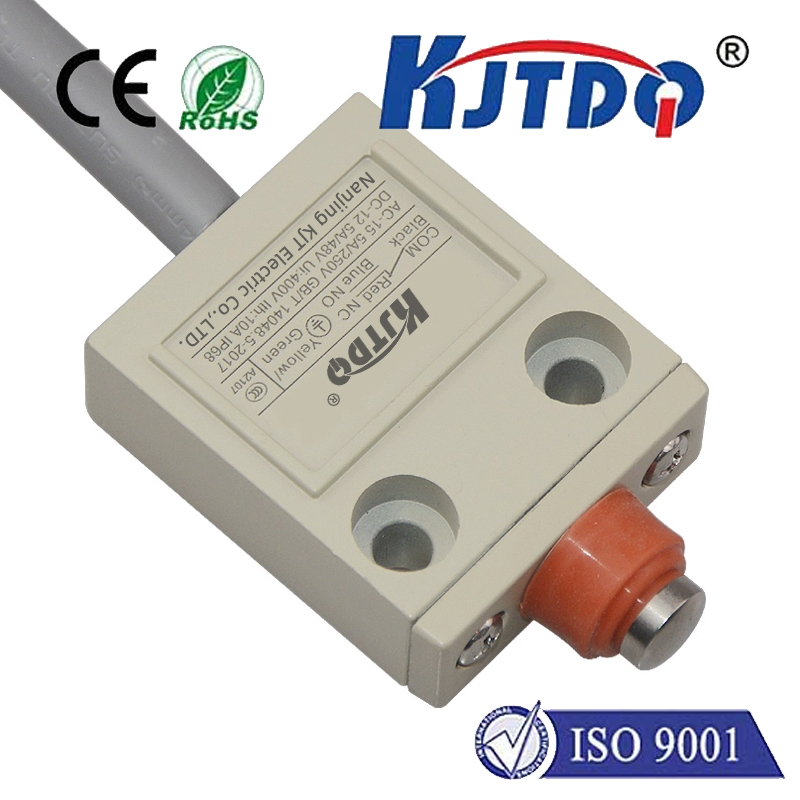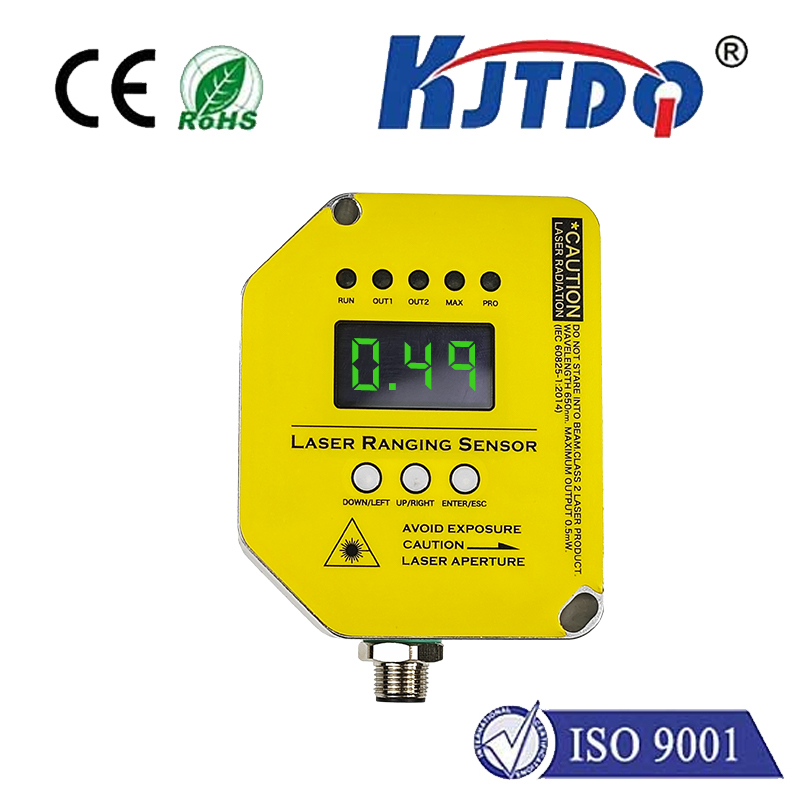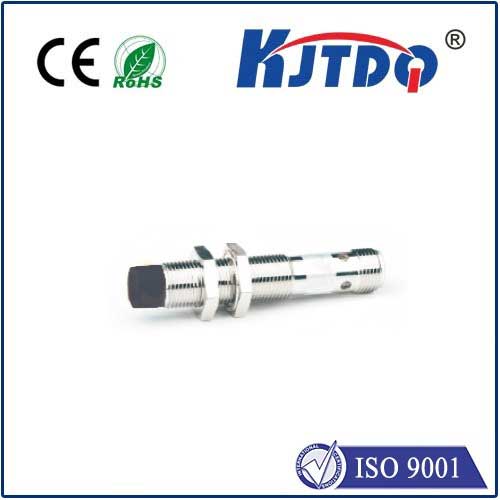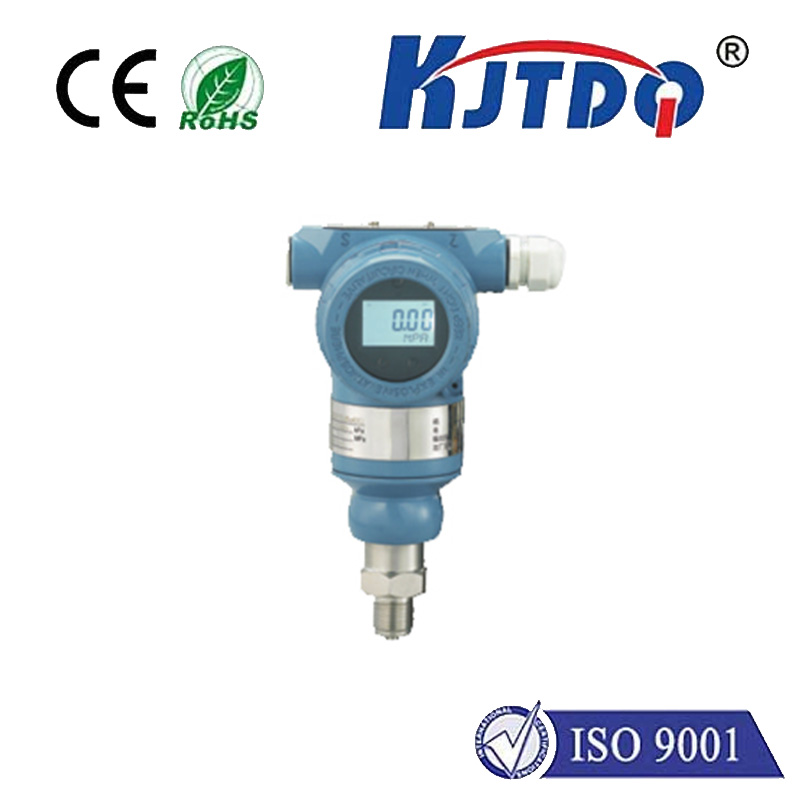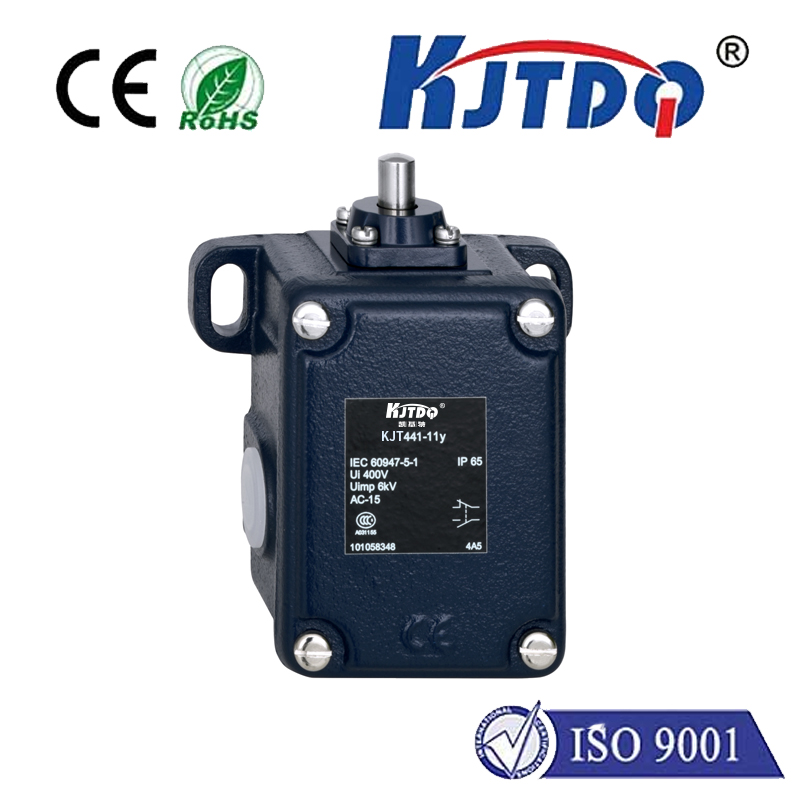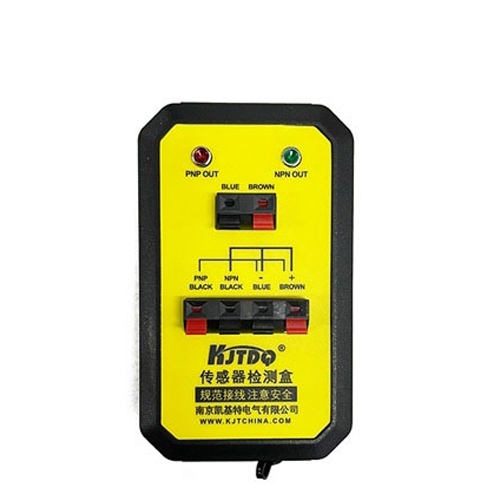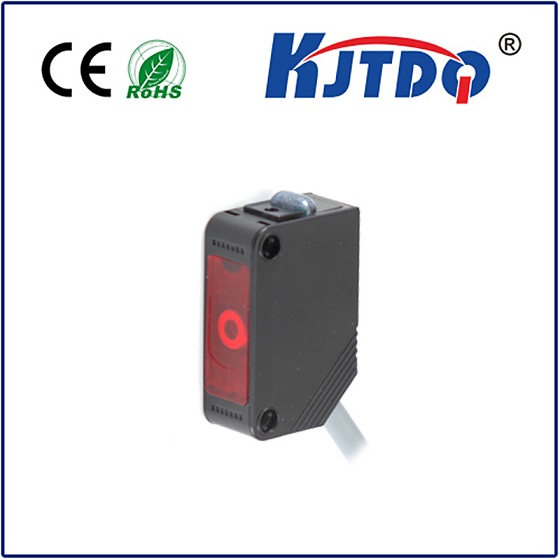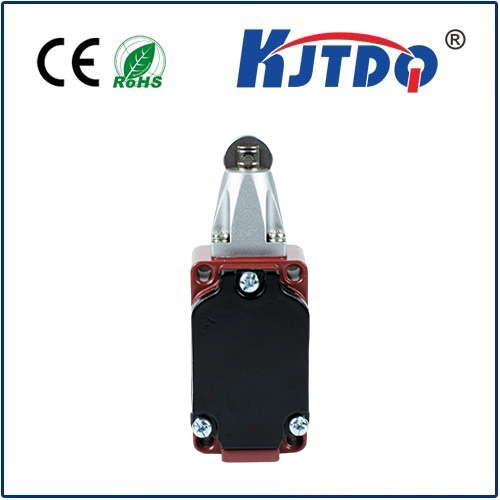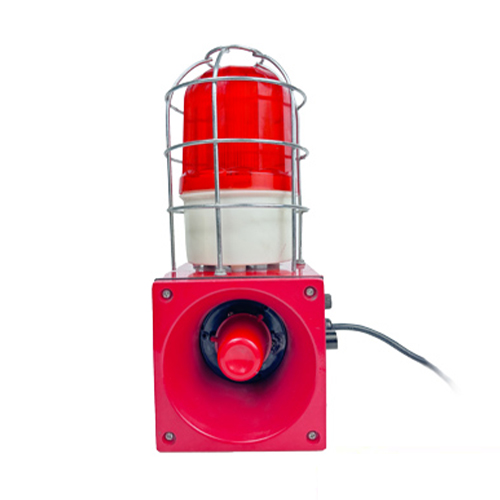

check

check

check

check
Optical Fiber Sensors: The Future of Smart Infrastructure and Industrial Monitoring
Optical fiber sensors have become a cornerstone of modern technology, offering unparalleled precision, durability, and versatility in monitoring a wide range of physical parameters. One of the most notable developments in this field is the FU-67V optical fiber sensor, a groundbreaking device designed for high-performance applications in industrial and infrastructure monitoring. This sensor utilizes advanced optical fiber technology to measure parameters such as strain, temperature, and pressure with exceptional accuracy and reliability.
The FU-67V optical fiber sensor is engineered to provide real-time data acquisition and signal transmission, making it an ideal solution for applications where continuous monitoring is critical. Its compact design and robust construction ensure that it can operate in harsh environments without compromising performance. Whether deployed in structural health monitoring systems, aerospace applications, or industrial automation, the FU-67V delivers reliable and consistent results.

At the heart of the FU-67V is a sophisticated optical fiber sensing mechanism that converts physical changes into optical signals. When a strain is applied to the fiber, it causes a shift in the light’s wavelength, which is then detected by a photodetector. This method eliminates the need for electrical connections, reducing the risk of signal interference and enhancing the sensor’s immunity to electromagnetic noise. The sensor’s ability to operate in extreme temperatures and mechanical stresses makes it suitable for use in challenging environments.
One of the key advantages of the FU-67V is its integration with modern data acquisition systems. It can be easily connected to data logging devices and communication protocols such as Ethernet or RS-485, enabling seamless data transmission and analysis. This integration not only simplifies system design but also enhances the scalability of monitoring solutions. The sensor’s modular architecture allows for easy installation and maintenance, reducing downtime and operational costs.
In addition to its technical specifications, the FU-67V is designed with user-friendliness in mind. Its intuitive interface and high-resolution display provide operators with clear and real-time data, ensuring that decisions are based on accurate and timely information. The sensor’s compatibility with standard industrial software further enhances its usability, making it a versatile tool for a variety of applications.
As industries continue to evolve, the demand for high-accuracy, low-maintenance, and reliable sensing solutions is growing. The FU-67V optical fiber sensor stands out as a prime example of how innovative technology can address the challenges of modern monitoring. Its combination of advanced optical principles, durability, and ease of integration positions it as a valuable asset in the development of smart infrastructure and industrial monitoring systems.
In conclusion, the FU-67V optical fiber sensor represents a significant advancement in the field of smart monitoring. Its unique features and capabilities make it a preferred choice for professionals seeking reliable and efficient solutions for real-world applications. With its ability to operate in diverse environments and provide accurate data, the FU-67V is a testament to the power of optical fiber technology in shaping the future of industrial and infrastructure monitoring.

